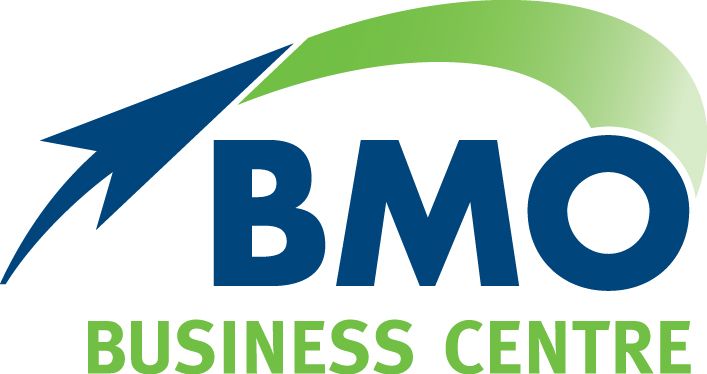Occupational Burnout in the Workforce
We all know how hard it is to find good employees and also how important it is to hold onto our good team members. While some workforces shrink it can often be our good people that get loaded up in the workplace. Not kept in check this can leave to employees burring out.
Burnout can be described as a severe state of physical and emotional exhaustion, and in the workplace, it can arise from prolonged job stress and inadequate support. It progresses through stages: exhaustion, cynicism, and reduced accomplishment. Ignoring burnout can lead to employees having decreased productivity, increased absenteeism, turnover, and mental health issues.
Where we have good relationships with our team, we can begin to see the early signs before it becomes a problem. However, it can also present in different ways including absenteeism, performance, behaviour.
The good news is that it can be prevented. Firstly, through good open communication and that includes listening. Secondly, we need to set our team members realistic goals and provide adequate resources and training. As managers you need to be role models of good behaviour and promote a fair but achievable work life balance.
No one needs an employee that is not functioning at their best, treat and manage team members well and your business will only prosper from it.


